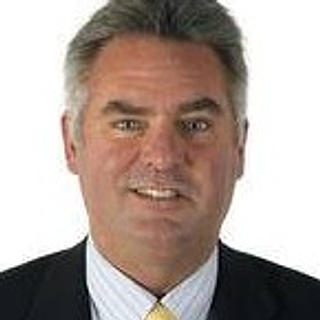August 9, 1977 – The captain, Thurman Munson
- Sal Maiorana
- Aug 9, 2017
- 3 min read

Lou Gehrig’s luckiest man in the world speech on the Fourth of July, 1939, is widely considered to be the most poignant moment in Yankees history, but running a very close second was the night 40 years later when the Yankees took the field following the death of their captain, Thurman Munson.
On Aug. 2, 1979, on a day off, Munson was practicing landings in his Cessna Citation aircraft when it crashed just short of a runway at the Akron-Canton Airport. The 32-year-old Munson was killed, while two companions escaped the twisted, burning wreckage.
The next night, in front of an emotional, teary-eyed crowd of 51,151, the Yankees took on the Baltimore Orioles without their captain. In one of the saddest scenes in the history of baseball, the starters for the game, one by one, took their defensive positions while the catcher’s box remained empty. Following a prayer by Cardinal Terence Cooke, and Robert Merrill’s singing “America the Beautiful”, the fans were asked to observe a moment of silence.
It didn’t last long as they soon burst into an incredible eight-minute standing ovation as a picture of Munson was displayed on the scoreboard. Reggie Jackson stood in right field openly weeping, and no one called him a showboat that night; it was as genuine as could be.
Jerry Narron, the man who had the unenviable job of catching that night, stayed in the dugout until stadium announcer Bob Sheppard intoned, “And now it is time to play ball. Thank you, ladies and gentlemen, for your cooperation.”
I can remember watching the game on television, tears in my eyes and a lump in my throat, finding it hard to believe that Munson was dead. As Yankee announcer Frank Messer said, “You can’t describe what went on here. An unbelievable reaction.”
George Steinbrenner immediately retired Munson's number 15, and on Sept. 20, 1980, a plaque dedicated to Munson's memory was placed in Monument Park. It reads, “Our captain and leader has not left us, today, tomorrow, this year, next ... Our endeavors will reflect our love and admiration for him.”
Nearly 40 years have passed and Munson has never been forgotten. His locker remained untouched in the Yankee clubhouse until the stadium was torn down to make room for the new Yankee Stadium in 2009. It now resides as a shrine in the museum at the new stadium.

Aug. 3, 1979, the first game after the death of Thurman Munson. From left, Bobby Murcer, Charley Lau, and Billy Martin observe a moment of silence.
The Yankees picked Munson in the first round of the 1968 amateur draft, No. 4 overall, and within a year he was already in New York playing for the only big-league club he ever played for. In 1970, he won the American League rookie of the year award when he batted .302, one of five times in his 11 seasons that he topped .300.
In 1977, he became the first Yankee catcher since Bill Dickey (1936-39) to have three consecutive seasons batting at least .300 with 100 or more RBI.
If there was a knock on Munson, it was his seemingly surly personality, though it seems he was only that way with the New York media. But Yankees GM Gabe Paul knew better. “Thurman Munson is a nice guy who doesn’t want anybody to know it,” Paul said. “He didn’t get the press his abilities and leadership deserved. The papers didn’t like him much because he was outspoken. But he was always honest. He leveled with the writers he felt were on the level, the others he didn’t care about.”
At the time of his death, his career slash line was .292/.346/.410 with 113 homers and 701 RBI. In the postseason, it ballooned to .357/.378/.496. He had seven All-Star Game invitations, the 1976 AL MVP award, and three Gold Glove awards.






Comments